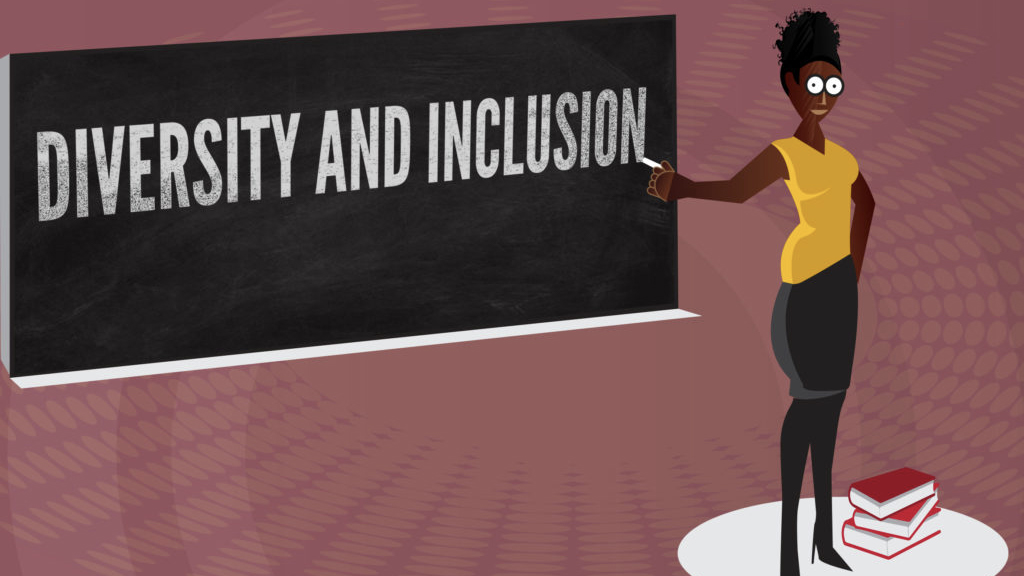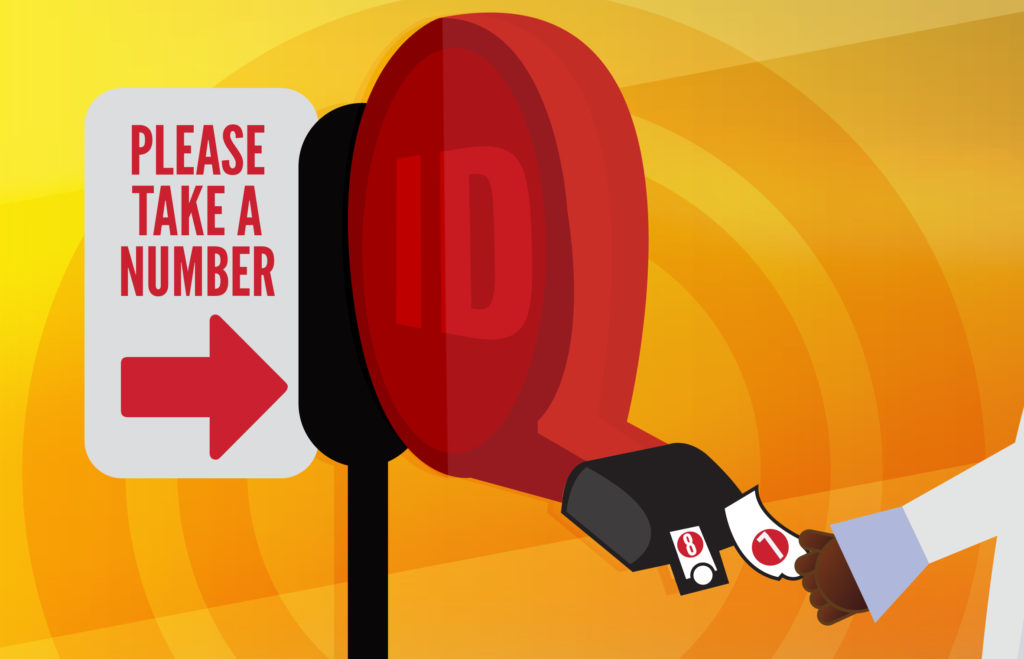Being mindful of inclusive language practices is more important than ever. Education is growing rapidly on this important topic to help writers – in fact, anyone writing words – avoid potentially harmful language.
Universities are growing pockets of diversity, often representing faculty, staff and students from different backgrounds who have varying life experiences. Therefore, the promotion of inclusive language practices can help create a welcoming, non-biased approach to respectful content generation.
This is also important as a means of integrating equity into the campus culture. The more people who are educated and exposed to inclusive language practices, the more people may embrace them and feel a greater sense of belonging.
What exactly is inclusive language?
The University of Oregon provides an overview of inclusive language and its importance:
Inclusive language acknowledges diversity, conveys respect to all people, is sensitive to differences, and promotes equitable opportunities. [Writing] should be free from words, phrases, or tones that demean, insult, or exclude people based on their membership within a certain group or because of a particular attribute.
Both Boston University and University of Oregon stress the importance of understanding inclusive language principles instead of memorizing appropriate phrases. Culture changes over time and words and phrases used today may become nuanced in the future.
It’s also important, according to both institutions, to be mindful of inclusive language because it can actually improve the overall accuracy of the content you present.
Putting inclusive language into practice
Many Universities have offices of Diversity and Inclusion. This is a good place to start if you are looking for advice and direction on how to establish inclusive language guidelines at your institution. In fact, many of these offices can help support the development of an editorial style guide that addresses inclusive language.
Many Diversity and Inclusion offices have staff who are educated and trained to develop programs to support the University’s mission. As the University of Oregon points out, it may be best to consult a few people from underrepresented groups to learn perspectives and preferences before deciding on an editorial style. And your Diversity office may be able to help with that.
Writers of books and manuscripts may employ a sensitivity reader to provide editorial feedback based on the area they specialize. These individuals can help guide your content “toward better representation,” according to the BookMachine.org.
While many Universities may not be able to afford formal resources like https://www.arabickeyboardonline.com/, appointing a member or members of your staff who have diverse experiences and identities may be a good first step. These staff could help you review content and provide ongoing feedback to ensure content is respectful. In fact, they may be able to help you create a style guide for your institution.
Learn and discover more
The web is full of resources that support education and training on inclusive language. The University Research Magazine Association (URMA) published an online resource guide that may be a good place to start.
ACES: The Society for Editing regularly offers webinars on conscious editing and language. You don’t have to be a member to register. In fact, many of their webinars can be watched via their archive for a small fee. Some of the webinars offered include:
- Microaggressions in Editing: Understanding Bias and Undoing Harm
- Sensitivity Reading and Beyond: Empowering Editors to Talk About Conscious Language and Representation
- Perspectives: People of Color in the Editing Community
The Big Idea?
Make a small effort in your editorial office or University to create inclusive language guides, support training and encourage conscious language practices. This could go a long way in engaging more of your audience and may potentially avoid editorial missteps which cause harm.



